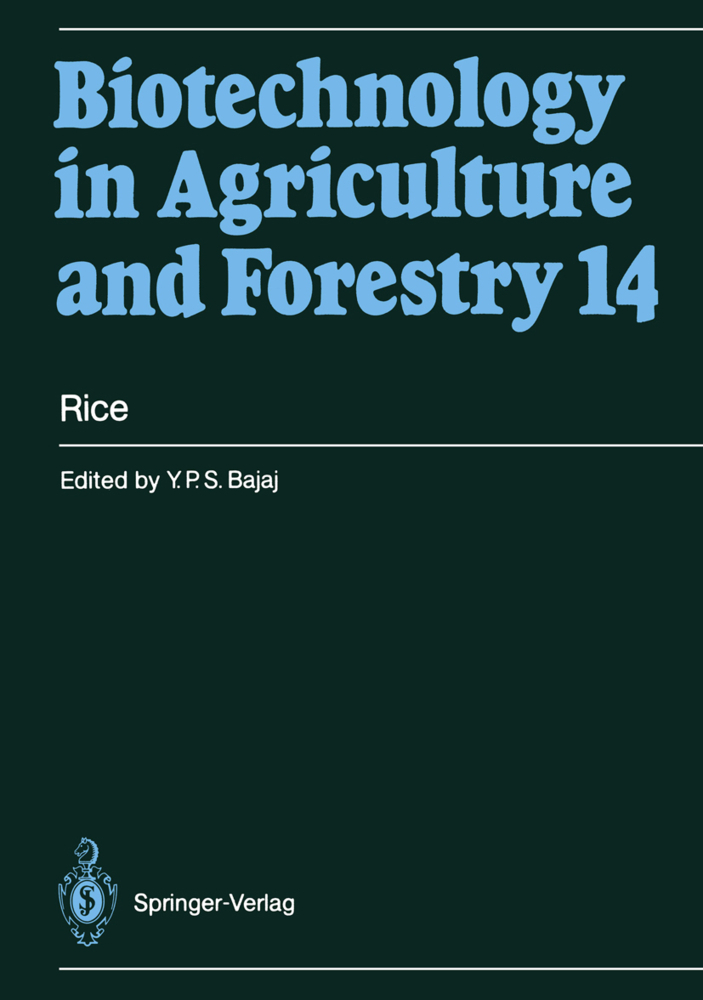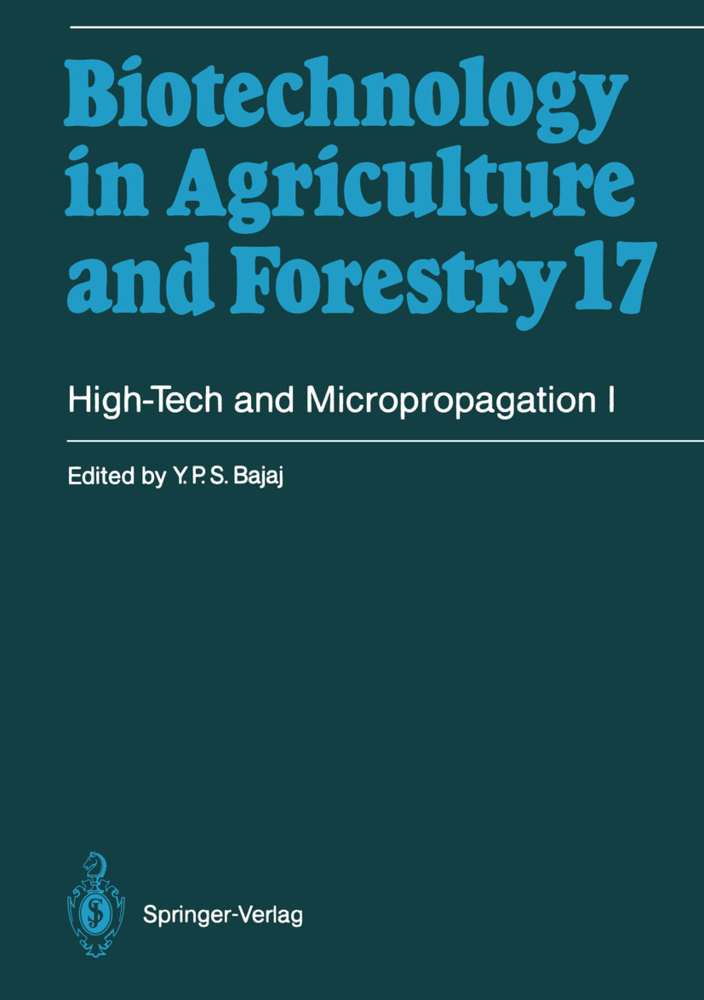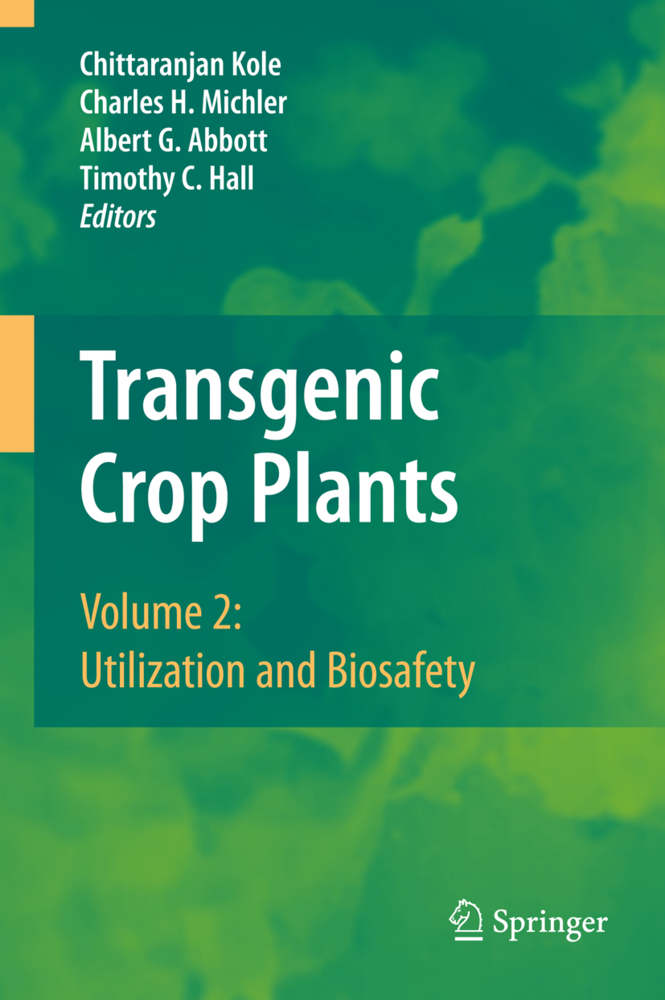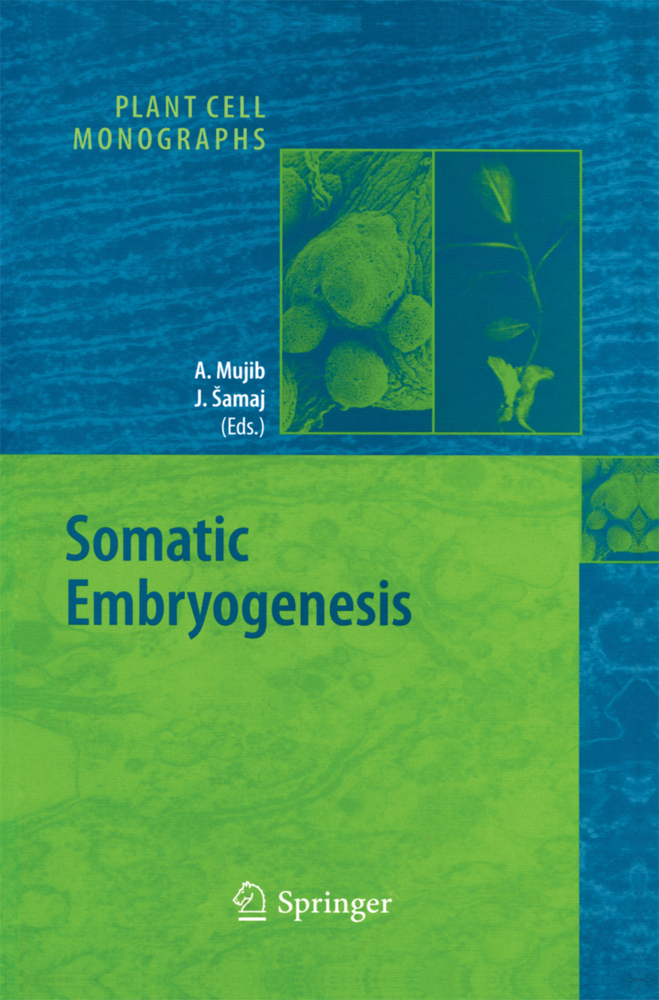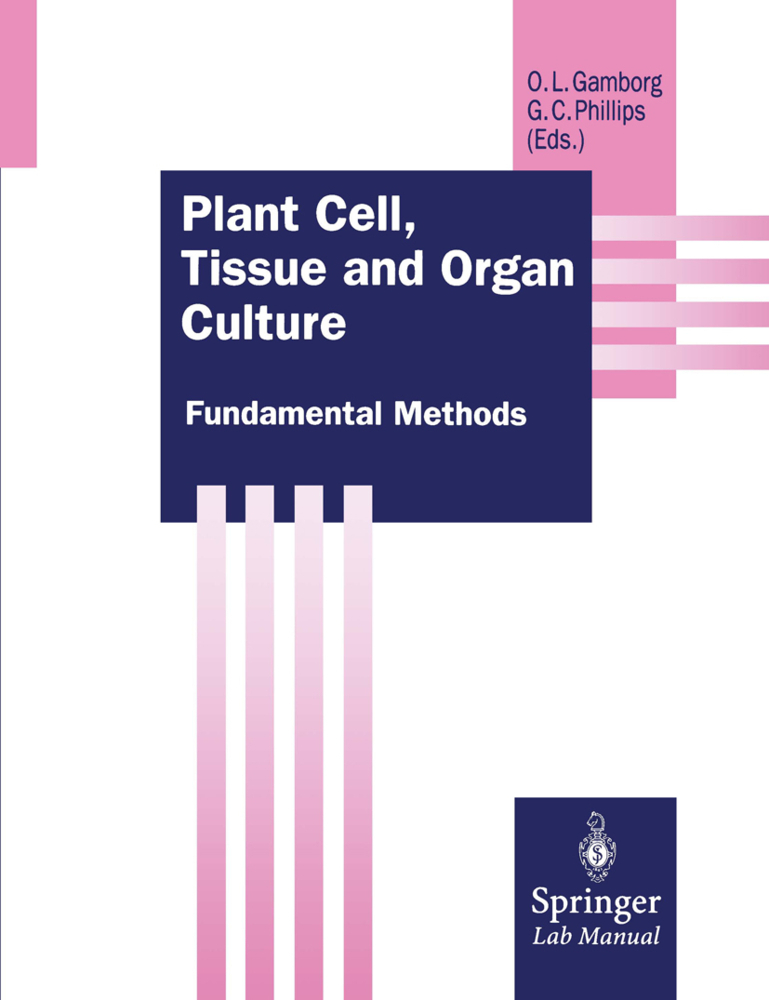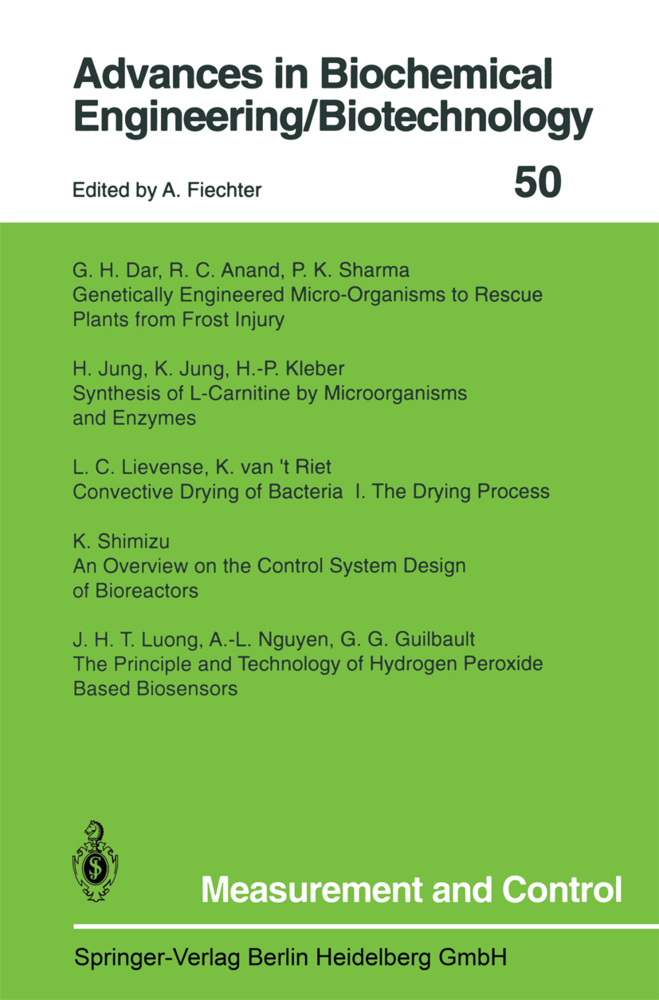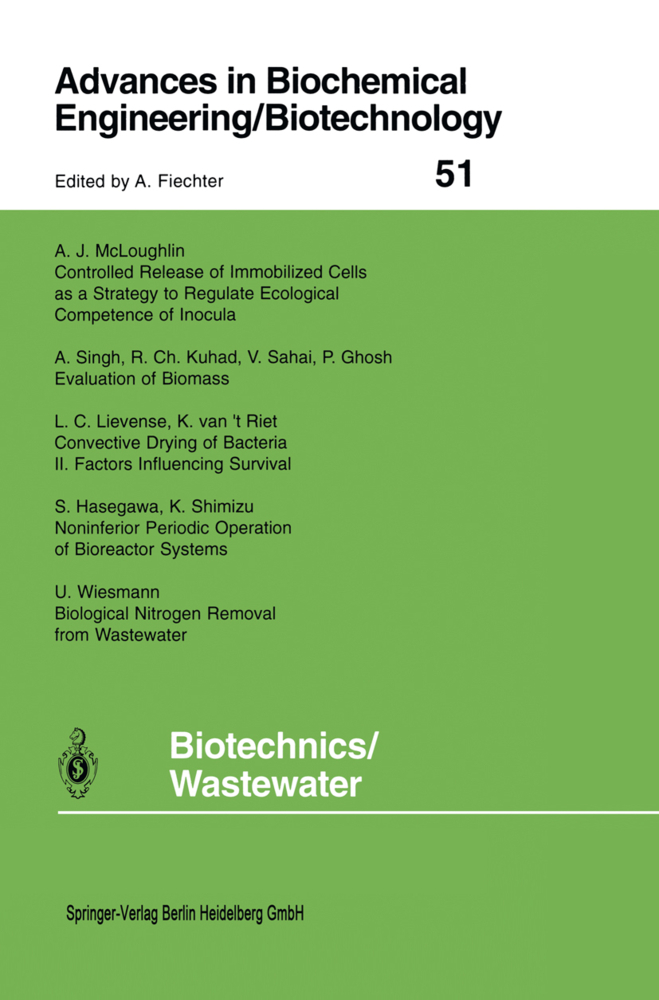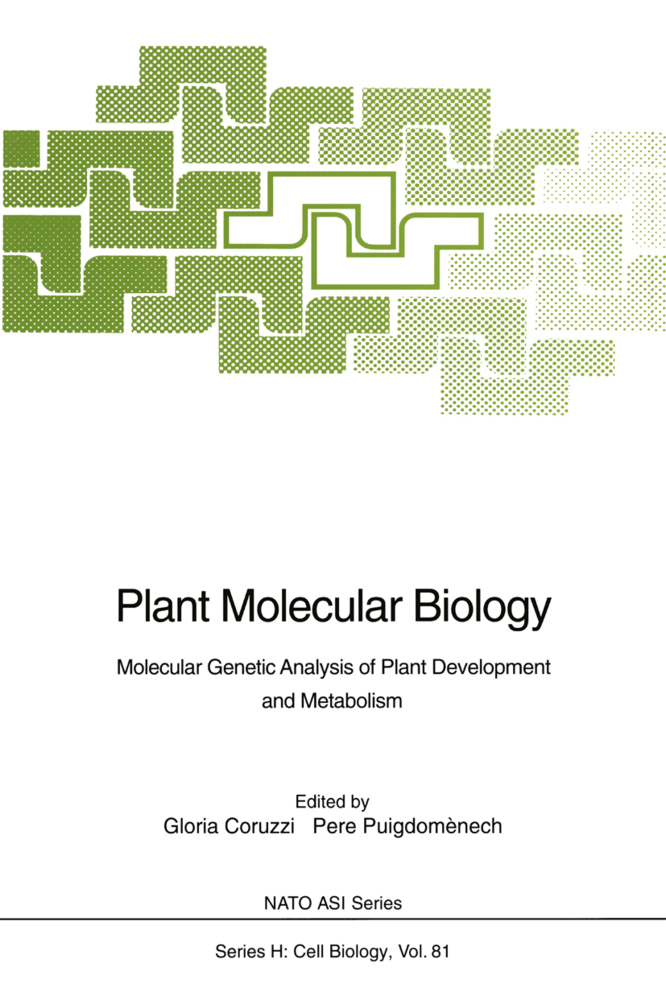Rice
Rice
Rice is the most important cereal crop which feeds more than half the population of the world. It is being grown in more than 144. 641 million ha with a production of over 468. 275 million tons (in 1988). Rice is attacked by a large number of pests and diseases which cause an enormous loss in its yield. Therefore, the major objectives in rice breeding are the development of disease resistance, tolerance to insects, adverse soil water, and drought; and improvement of quality including increased protein content. Tremendous efforts being made at the International Rice Research Institute have resulted in the release of improved varieties. It is estimated that the world's annual rice production must increase from 460 million tons (in 1987) to 560 million tons by the year 2000, and to 760 million tons by 2020 (a 65% increase) in order to keep up with the population growth (IRRI Rice Facts 1988). To achieve this gigantic goal, new strategies have to be evolved. Since the success of any crop improvement program de pends on the extent of genetic variability in the base population, new techniques need to be developed not only to generate the much needed variability but also for its conservation. In this regard the progress made in the biotechnology of rice during the last 5 years has amply demonstrated the immense value of innovative approaches for further improvement of this crop.
I.2 Rice (Oryza sativa L.): Establishment of Callus Cultures and the Regeneration of Plants
I.3 Regeneration of Rice Plants from Suspension Cultures
I.4 Enhancement of Regeneration in Rice Tissue Cultures by Water and Salt Stress
I.5 Early Events in Zygotic and Somatic Embryogenesis in Rice
I.6 Endosperm Culture and the Regeneration of Triploid Rice Plants
I.7 Ultrastructural Aspects of Rice Scutellum as Related to Seminal Root Cultures
Section II Hybridization, Embryo Culture, Hybrid Rice
II.1 Embryo Culture for Wide Hybridization in Rice
II.2 Improvement of Tongil-Type Rice Cultivars from Indica/Japonica Hybridization in Korea
II.3 Genetics of Hybrid Sterility in Wide Hybridization in Rice (Oryza sativa L.)
II.4 Hybrid Rice in China - Techniques and Production
Section III Anther Culture, Haploid Production, and Release of Cultivars
III.1 Anther Culture for Rice Improvement in China
III.2 In Vitro Production of Haploids in Rice Through Ovary Culture
III.3 Factors Affecting Androgenesis in Rice (Oryza sativa L.)
III.4 Breeding New Rice Strains Through Anther Culture
III.5 Huayu 15, a High-Yielding Rice Variety Bred by Anther Culture
Section IV Protoplast Isolation, Fusion, Culture, and Field Trials of Regenerated Plants
IV.1 Isolation, Culture and Fusion of Rice Protoplasts
IV.2 Field Performance of Protoplast-Derived Rice Plants and the Release of a New Variety
Section V In Vitro Mutation and Somaclonal Variation
V.1 In Vitro Mutation in Rice
V.2 Rice Mutants Resistant to Amino Acids and Amino Acid Analogs
V.3 Hydroxy-L-Proline-Resistant Mutants in Rice
V.4Utilization of Somaclonal Variation in Rice Breeding
V.5 Male Sterile Mutants from Rice Somaclones
V.6 Somaclonal Variation for Salt Tolerance in Rice
V.7 Somaclonal Selection for Tolerance to Streptomycin and Herbicides Through Rice Cell Culture
V.8 Rice Somaclones Resistant to Xanthomonas Oryzae
Section VI Transformation, Molecular Biology, and Nutritional Improvement
VI.1 Transformation in Rice
VI.2 Molecular Analysis of Rice Genes and Methods for Gene Transfer
VI.3 Plasticity of the Rice Genome: DNA Amplification in Cultured Cells
VI.4 Molecular Structure of Chloroplast DNA from Rice
VI.5 Molecular Markers in Rice Systematics and the Evaluation of Genetic Resources
VI.6 Rice Storage Proteins: Genetic Analysis of Accumulation Process
VI.7 Biotechnology in Nutritional Improvement of Rice
Section VII Conservation of Genetic Resources and Cryopreservation
VII.1 Conservation and Potentials of Rice Genetic Resources
VII.2 Cryopreservation of Germplasm of Rice
Section VIII Rice Tissue Culture Studies in the USSR, France, and Hungary
VIII.1 Rice Improvement Through Tissue Culture in the USSR
VIII.2 Rice Somatic Tissue and Anther Cultures: Current Status in France
VIII.3 In Vitro Studies on Rice in Hungary.
Section I Establishment of Tissue Cultures, Somatic Embryogenesis, Plant Regeneration, and Ultrastructural Studies
I.1 Biotechnology in Rice ImprovementI.2 Rice (Oryza sativa L.): Establishment of Callus Cultures and the Regeneration of Plants
I.3 Regeneration of Rice Plants from Suspension Cultures
I.4 Enhancement of Regeneration in Rice Tissue Cultures by Water and Salt Stress
I.5 Early Events in Zygotic and Somatic Embryogenesis in Rice
I.6 Endosperm Culture and the Regeneration of Triploid Rice Plants
I.7 Ultrastructural Aspects of Rice Scutellum as Related to Seminal Root Cultures
Section II Hybridization, Embryo Culture, Hybrid Rice
II.1 Embryo Culture for Wide Hybridization in Rice
II.2 Improvement of Tongil-Type Rice Cultivars from Indica/Japonica Hybridization in Korea
II.3 Genetics of Hybrid Sterility in Wide Hybridization in Rice (Oryza sativa L.)
II.4 Hybrid Rice in China - Techniques and Production
Section III Anther Culture, Haploid Production, and Release of Cultivars
III.1 Anther Culture for Rice Improvement in China
III.2 In Vitro Production of Haploids in Rice Through Ovary Culture
III.3 Factors Affecting Androgenesis in Rice (Oryza sativa L.)
III.4 Breeding New Rice Strains Through Anther Culture
III.5 Huayu 15, a High-Yielding Rice Variety Bred by Anther Culture
Section IV Protoplast Isolation, Fusion, Culture, and Field Trials of Regenerated Plants
IV.1 Isolation, Culture and Fusion of Rice Protoplasts
IV.2 Field Performance of Protoplast-Derived Rice Plants and the Release of a New Variety
Section V In Vitro Mutation and Somaclonal Variation
V.1 In Vitro Mutation in Rice
V.2 Rice Mutants Resistant to Amino Acids and Amino Acid Analogs
V.3 Hydroxy-L-Proline-Resistant Mutants in Rice
V.4Utilization of Somaclonal Variation in Rice Breeding
V.5 Male Sterile Mutants from Rice Somaclones
V.6 Somaclonal Variation for Salt Tolerance in Rice
V.7 Somaclonal Selection for Tolerance to Streptomycin and Herbicides Through Rice Cell Culture
V.8 Rice Somaclones Resistant to Xanthomonas Oryzae
Section VI Transformation, Molecular Biology, and Nutritional Improvement
VI.1 Transformation in Rice
VI.2 Molecular Analysis of Rice Genes and Methods for Gene Transfer
VI.3 Plasticity of the Rice Genome: DNA Amplification in Cultured Cells
VI.4 Molecular Structure of Chloroplast DNA from Rice
VI.5 Molecular Markers in Rice Systematics and the Evaluation of Genetic Resources
VI.6 Rice Storage Proteins: Genetic Analysis of Accumulation Process
VI.7 Biotechnology in Nutritional Improvement of Rice
Section VII Conservation of Genetic Resources and Cryopreservation
VII.1 Conservation and Potentials of Rice Genetic Resources
VII.2 Cryopreservation of Germplasm of Rice
Section VIII Rice Tissue Culture Studies in the USSR, France, and Hungary
VIII.1 Rice Improvement Through Tissue Culture in the USSR
VIII.2 Rice Somatic Tissue and Anther Cultures: Current Status in France
VIII.3 In Vitro Studies on Rice in Hungary.
Bajaj, Yashpal P. S.
| ISBN | 978-3-642-83988-7 |
|---|---|
| Artikelnummer | 9783642839887 |
| Medientyp | Buch |
| Auflage | Softcover reprint of the original 1st ed. 1991 |
| Copyrightjahr | 2013 |
| Verlag | Springer, Berlin |
| Umfang | XXIII, 645 Seiten |
| Abbildungen | XXIII, 645 p. 309 illus., 188 illus. in color. |
| Sprache | Englisch |

